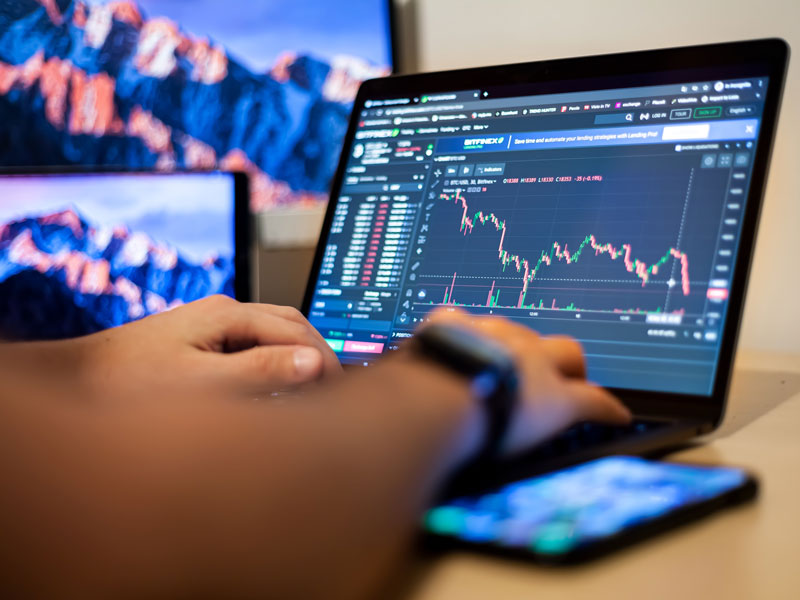Mastering Forex Trading Charts A Comprehensive Guide 1844820813

Mastering Forex Trading Charts: A Comprehensive Guide
Forex trading charts are critical tools for traders looking to navigate the market effectively. These charts offer a visual representation of price movements over time, allowing traders to analyze trends, identify patterns, and make informed decisions. Whether you are a novice or a seasoned trader, understanding how to read and utilize forex trading charts can significantly impact your trading success. In this guide, we will explore the different types of forex charts, the importance of technical analysis, and practical tips on how to use charts in your forex trading strategy. For more resources and tools to enhance your trading experience, visit forex trading charts https://forex-exregister.com/.
Understanding Different Types of Forex Trading Charts
There are three primary types of forex trading charts used by traders: line charts, bar charts, and candlestick charts. Each type has its unique features and advantages.
1. Line Charts
Line charts are the simplest form of forex charts, displaying only the closing prices over a specified period. A line is drawn from one closing price to the next, creating a continuous line that helps visualize price movements. They are beneficial for identifying long-term trends and are easy for beginners to read.
2. Bar Charts
Bar charts provide more information than line charts by displaying the open, high, low, and close (OHLC) prices for a specific period. Each vertical bar represents the price range for that time frame, while the horizontal lines indicate the open and close prices. Bar charts are particularly useful for traders who want to have a clearer picture of price action and market volatility.
3. Candlestick Charts
Candlestick charts are similar to bar charts but present the information more visually appealing. Each “candlestick” represents a specific time frame, with the body indicating the open and close prices and the wicks showing the high and low prices. Candlestick patterns can provide insights into market psychology and potential future movements, making them a favorite among many traders.
The Importance of Technical Analysis
Technical analysis is the study of past market data, primarily price and volume, to forecast future price movements. It plays a vital role in forex trading, as it helps traders identify entry and exit points. The effectiveness of technical analysis often depends on the quality of the charts being used and the indicators applied to them. Here are some key components of technical analysis:
1. Trend Analysis
Identifying the prevailing trend in the market is crucial for making informed trading decisions. Traders use charts to determine whether the market is in an uptrend, downtrend, or consolidating. Understanding trends allows traders to align their strategies with market movements.
2. Support and Resistance Levels

Support and resistance levels are critical concepts in technical analysis. Support is a price level where buying pressure tends to outpace selling pressure, causing prices to bounce back up. Resistance, on the other hand, is where selling pressure exceeds buying pressure, causing prices to drop. Charts help traders identify these levels, enabling them to make better trading decisions.
3. Indicator Analysis
Indicators such as moving averages, Bollinger Bands, and Relative Strength Index (RSI) can be applied to forex charts to provide additional insights. These tools help traders analyze momentum, volatility, and market strength, allowing for more informed trading strategies.
How to Use Forex Charts Effectively
To maximize the potential of forex trading charts, traders should consider integrating the following practices into their trading routine:
1. Develop a Trading Plan
A well-defined trading plan is essential for consistency and discipline in trading. Your plan should outline your trading goals, risk tolerance, strategies, and the technical indicators you will use on your charts. Ensure you follow your plan diligently to achieve long-term success.
2. Practice with Demo Accounts
Before investing real capital, consider practicing with a demo trading account. This allows you to familiarize yourself with forex charts, test different strategies, and develop your skills without the risk of losing money. Take this opportunity to experiment with various types of charts and indicators.
3. Stay Updated with Market News
Market news and events can significantly impact currency movements. Stay informed about economic indicators, geopolitical events, and other relevant news that can influence the forex market. Use this information alongside your chart analysis for better trading outcomes.
4. Keep a Trading Journal
Maintaining a trading journal is an excellent practice for personal growth as a trader. Document your trades, the reasoning behind your decisions, the outcome, and any lessons learned. Reviewing your journal regularly can help identify trends in your performance and areas for improvement.
Conclusion
Forex trading charts are indispensable tools for any trader serious about achieving success in the forex market. By understanding the different types of charts, employing technical analysis techniques, and utilizing best practices, you can significantly enhance your trading decisions. As you continue to develop your skills, remember that trading is a journey of learning and growth. With dedication and practice, you can master the art of reading and using forex charts effectively.
Further Resources
If you want to delve deeper into forex trading and improve your charting skills, consider exploring online courses, webinars, and trading communities. Engaging with other traders can provide new insights and enhance your understanding of the forex market.
